Samsung Galaxy S6 vs Galaxy Note 4: first look
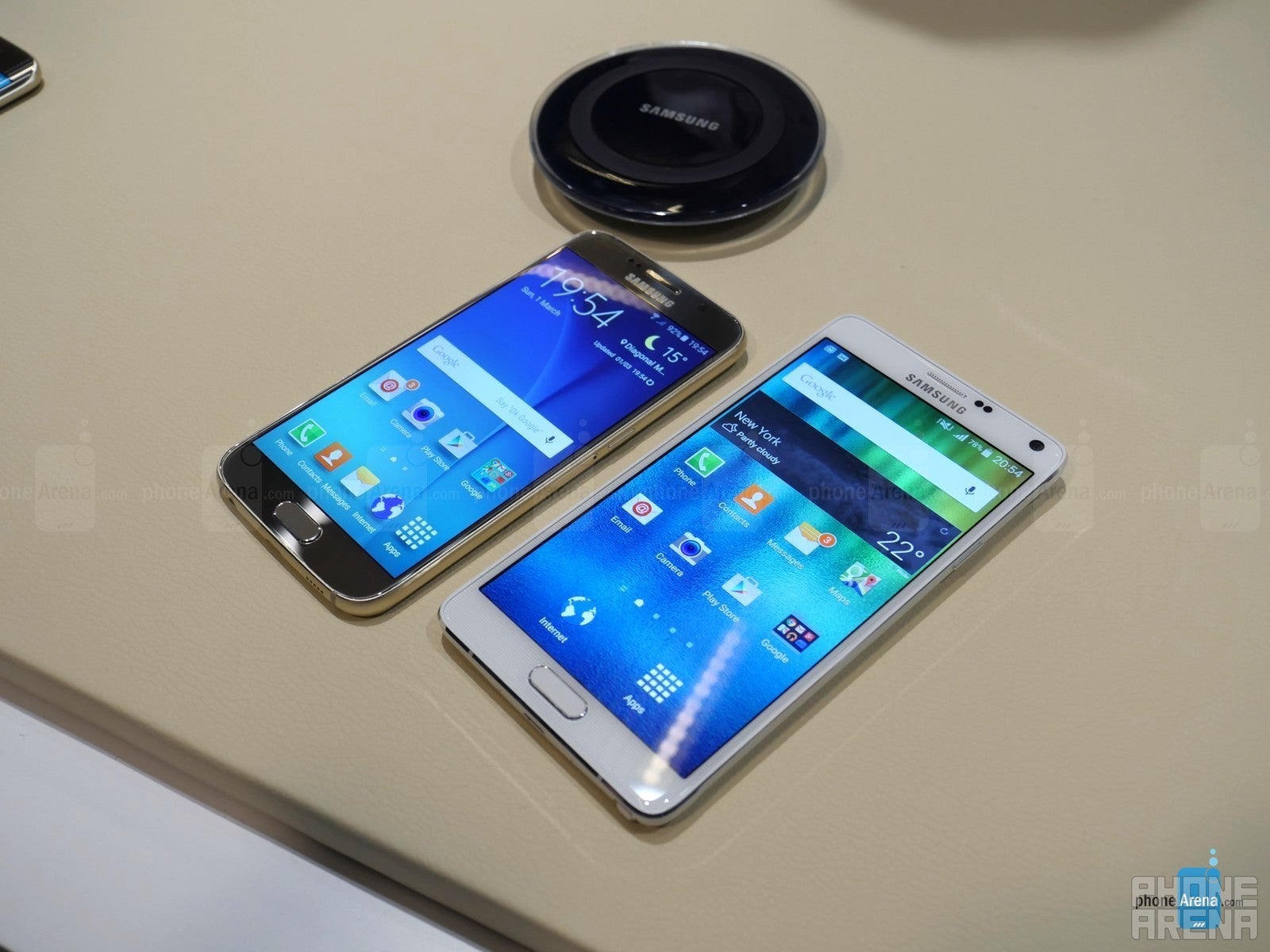
The device that will either make or break Samsung's financial 2015 is already official - the Galaxy S6 takes the reins from the so-so successful Galaxy S5 and will certainly try to replicate the wild success of Apple's recent iPhones. The flagship is certainly faced against some pretty tough rivals and will have a hard time trying to find a lavish spot on the shelves, which are already overflowing with a number of worthy rivals. One of these is another Samsung device, the almighty Galaxy Note 4, which, despite being several months' old, can still hold water to almost any phone on the market.

Design
With a sleek, exquisite design, the Galaxy S6 is a phone that takes a stand. Gone is the plasticky feel of Samsung's previous offerings - we have two sheets of Gorilla Glass 4 at the front and the rear, held together by an "aircraft-grade" aluminum frame.
Yes, the device tends to hold a lot of fingerprints, but that's a price exterior design lovers will most likely be quite willing to pay, generally speaking. It's also quite sleek at 6.8mm, whereas the Note 4 is 8.5mm thick.
In the meantime, the Galaxy Note 4 still is a bridge to Samsung's past - don't get us wrong, it's also a premium-feeling device, but the plastic elements at the front and the faux leather rear cover are no match for the Galaxy S6's exquisite design. At least, it comes sans the hate-it-or-love-it fake stitching that was present in the Note 3.
However, the frame of the phablet is made of aluminum and adds up to the premium feel. The Note 4 also comes with an S Pen and a removable battery, something that the Galaxy S6 is devoid of.
Display
We have Super AMOLED displays on both the Galaxy S6 and the Galaxy Note 4. Both are Quad HD ones, meaning a resolution of 1440 x 2560 pixels in both offerings. Size-wise, however, the two devices can't be more different - there's a 5.1-inch one in the Galaxy S6, whereas the Note 4 sports a mostly 5.7-inch display.
This translates to a better pixel density for the Galaxy S6 - 577ppi; the Galaxy Note 4 boasts a display density of 515ppi. The new flagship is as crisp and sharp as it gets, but frankly said, there's not a noticeably-large rift between its screen and the display of the Note 4, which is also a pretty respectable champion in the display department.
Speaking of color temperature and other important properties, the Galaxy S6 is a step ahead of the Galaxy Note 4 - at first look, both displays are extremely color accurate and direct sunlight-friendly.
Samsung boasts that the Galaxy S6 can achieve up to 600 nits of brightness, but we need to put it to the test before we can confirm this claim.
Interface and functionality
Android 5.0 Lollipop with TouchWiz is what you'd find on both Samsung top-tier beasts. As we already mentioned in our hands-on of the Galaxy S6, Samsung has somewhat toned-down TouchWiz, but don't be fooled - it's still the good old feature-packed UI that we're used to, although in new, more polished and modern guise.
Paired with the impressive hardware setup, we can easily say that it's unlike any other Samsung device in the UI performance section. The Note 4 is also not a slouch, but its TouchWiz iteration is slightly more bogged with bulk.
Similar to the TouchWiz variation on the Galaxy S6 flagman, the Galaxy Note 4 is home to a number of additional spic and span features that further complement the S Pen functionality of the phablet.
Functionality-wise, both phones have their strong and weak points - S Pen with a larger silhouette for the Galaxy Note 4, but what remains for the brand new Galaxy S6? Well, its UI is way more polished than the Note 4, not to mention that its miles ahead friendlier in terms of single-handed usage.
Processor and memory
Powered by a total of eight cores and using a cutting-edge 14 nm process, the new Exynos chipset in the Galaxy S6 is expected to blow most other mobile SoCs out of the water. Did we mention that it's a 64-bit chip, too? Yep, it seems like Samsung isn't willing to make compromises with regards to the internals of its upcoming flagship, which will make full use of Lollipop's 64-bit capabilities.
It will most probably surpass the Galaxy Note 4 in this regard as well, as the latter is only endowed with a "measly" Snapdragon 805 or an Exynos Octa 7 chipset inside. We mean no offence to the Note 4 - the phablet is a power-laden monstrosity that shouldn't be taken lightly, but there's a new kid on the block.
The Galaxy S6 also takes a page out of Note 4's book and also flaunts the respectable amount of 3GB of RAM. Fortunately for all of us, this means better multitasking capabilities, which is always welcome, isn't it?
You get either 32, 64, or 128GB of native storage with both the Galaxy S6 and the Note 4, but the latter also offers a microSD card slot on board. The Galaxy S6 is devoid of this useful feature, which might be a deal-breaking absence for a certain breed of Android fans.
Camera
The Samsung Galaxy S6 has a 16MP rear camera, which is similar to the ones of the S5 and the Note 4, but there is a respectable host of new features involved. One of the more intriguing ones is the optical image stabilization, in addition to the compelling real-time HDR feature, infrared white balance, and tracking auto-focus for the video camera. The Samsung Galaxy Note 4 is also adorned with both digital a optical stabilizations an board, which will make sure that the videos you shoot will be devoid of blur or unintentional shakiness.
Besides the mandatory cleanup work in the camera application, Samsung has made sure to upgrade its camera module a bit - the 16 MP resolution will be accompanied by a wide, F1.9 aperture now, promising to deliver better low-light image quality than that of the Galaxy S5 (its aperture was F2.2). In the meantime, the Note 4 flaunts a camera with an f/2.2 aperture, which is quite an impressive performer, recently beating an iPhone 6 and a DSLR camera (!) in our blind comparison.
At the front, the Galaxy S6 has a 5MP selfie shooter, whereas the Note 4 "only" comes with a 3.7MP one. Undoubtedly, given the appetizing specs sheets, the new flagship smartphone will be a worthy spiritual successor to the Note 4 in terms of overall selfie quality.
Expectations
Although they'll generally race in different categories, both of Samsung's top-tier champs are as power- and feature-laden as it gets. What's more, they are embodiments of the company's new design language, which seeks to go away from the plastic past and enter the premium future, where it will (hopefully) allow the giant to re-establish itself as a market leader. The Samsung Galaxy S6, in particular, seems like a step in the right direction, with the potential to excite more than its so-so predecessor. Meanwhile, the Galaxy Note 4 will remain slightly in the rear, backing the new flagship in its hope to make Samsung's brand image shine with renewed power.


Follow us on Google News


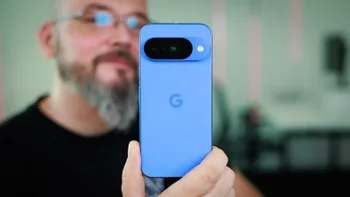
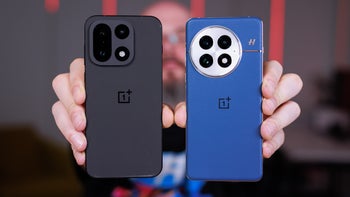
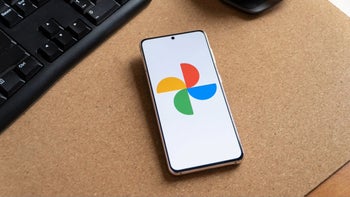



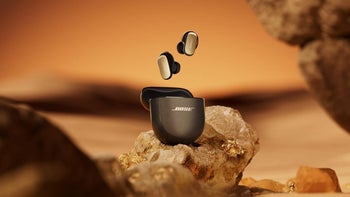
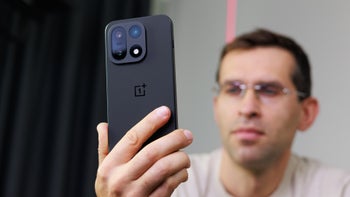
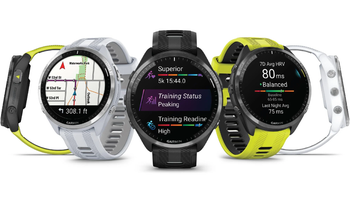
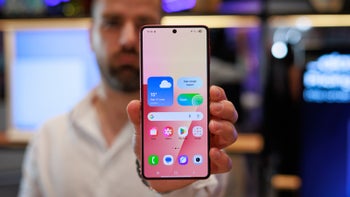

Things that are NOT allowed:
To help keep our community safe and free from spam, we apply temporary limits to newly created accounts: